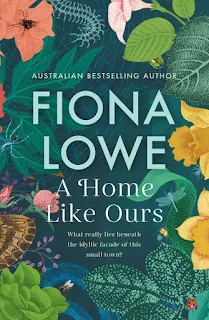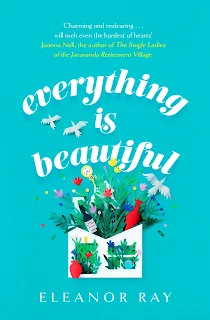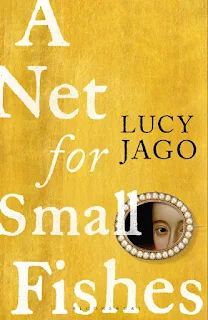The Last Reunion by Kayte Nunn is the story of a group of women who volunteered to serve in the Women's Auxiliary Service (Burma) or WAS(B) in 1945. Known to the troops as the Wasbies, these hard-working women ran mobile canteens for the 14th Army in the Burma campaign during WWII and operated in the same tough conditions in dense jungle as the allied forces.
Beatrix was one of the Wasbies and many decades later in 1999, she is forced to reflect on her experiences when she has to sell her beloved Japanese fox-girl netsuke to fund the repairs to her crumbling estate. A netsuke is a small hand-carved sculpture worn with a kimono and acted as a toggle to suspend personal items in lieu of pockets.
Olivia is a young intern to a renowned art dealer and is instructed to meet Beatrix and establish whether she truly does have the infamous netsuke known as the fox-girl. This and several other Japanese netsuke were stolen from an exhibition in Oxford in 1976, so does Beatrix really have it? If so, how did she acquire it? Where has it been all of these years?
Unfolding in dual timelines in 1999 and 1945, the mystery of the netsuke drives the narrative forward and I'd have loved the title to reflect this. More than that though, The Last Reunion is a story of the bonds of friendship, mateship, love and loss and of course trauma.
The growing friendship between Olivia and Beatrix was a real pleasure to read and Kayte Nunn conveys some of the horrors of the Burma campaign and the conditions of war without giving the reader nightmares. I have enjoyed other historical fiction novels from this author, including The Forgotten Letters of Esther Durrant and The Silk House and I knew I was in safe hands here.
I know there has been a plethora of new releases set in WWII lately, but The Last Reunion is highly recommended for fans of historical fiction who are interested in character development more than the politics or strategies of war.













































